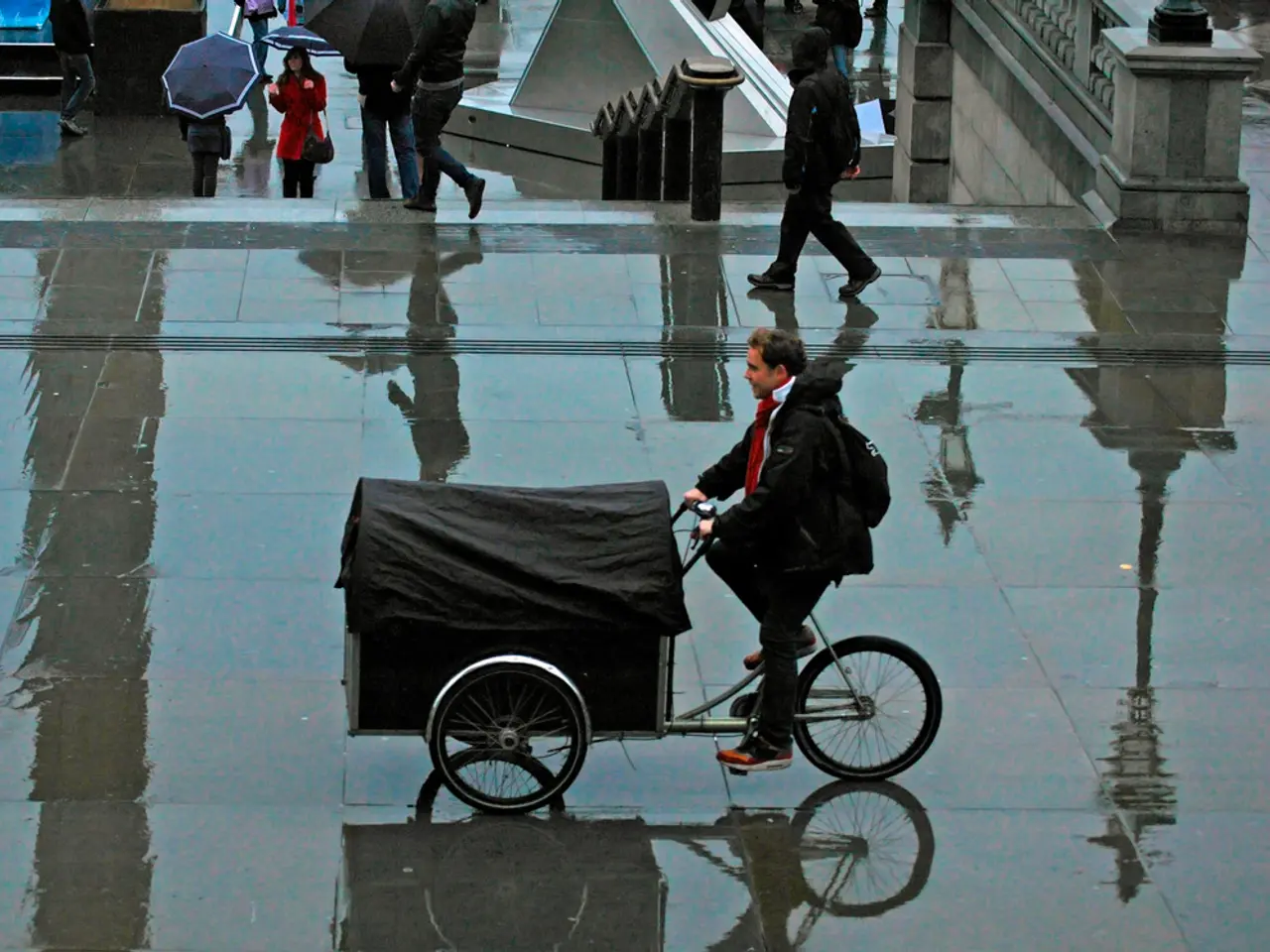Uber's tenure in Kenya reveals benefits for passengers and financial setbacks for drivers
Uber Safari Launches in Kenya, Stirring Up New Debates
Uber, the ride-hailing giant, has made a bold move in Kenya by introducing a new product called Uber Safari. This service, launched on Tuesday, allows users to book guided tours of Nairobi National Park through the app.
Uber's entry into the Kenyan market in 2015 revolutionized urban transport, offering a convenient and tech-savvy alternative to traditional taxis. However, its first ten years in Kenya have been marked by growth, conflict, and disputes over fairness.
A 2025 IDinsight study revealed that Kenya's platform drivers often work over 66 hours per week to break even. This hard work, coupled with fare reductions and a high commission structure, has led to protests from drivers demanding reduced commission, increased fares, and more flexibility in pricing.
To address these concerns, the National Transport and Safety Authority (NTSA), the government agency that introduced a licensing regime for digital taxi operators in 2019, introduced regulations such as a commission cap and the requirement for digital taxi operators to register and share trip data with regulators.
The NTSA's regulatory response, while aimed at ensuring fairness, has been perceived as piecemeal, with some reforms helpful and others burdensome. For instance, the Finance Act introduced digital service tax in 2021 and e-TIMS compliance in 2024, increasing the administrative and financial burden on Uber drivers.
Uber Safari could expand the market by attracting younger, tech-savvy tourists who might not book a traditional tour. This merging of urban ride-hailing with the tourism sector creates a new revenue stream for licensed tour operators and gives Uber access to a premium segment.
However, some worry that Uber Safari will create new pricing pressures by introducing its algorithm-driven approach to a sector that traditionally allows operators to negotiate higher margins. The price for a day safari is KES 25,000 ($194) during the day and KES 40,000 ($311) at night, significantly higher than the half-day trip to the park typically costs between $43 and $138 per person with a tour company or park-operated vehicle.
Paul Sakwa, a former ride-hailing driver, stated that many Uber cars are financed through loans, and drivers often work long hours to cover monthly payments. This concern is further amplified with the introduction of Uber Safari, as it is only available to drivers with special vehicles and partnerships with fleet operators.
In conclusion, Uber Safari's launch in Kenya marks a new chapter in the company's history in the country. While it offers a convenient and tech-savvy way to experience Nairobi National Park, it also raises concerns about fairness, pricing, and driver welfare. As always, the balance between innovation and regulation will be key in shaping the future of Uber in Kenya.
Read also:
- Ford Discontinues Popular Top-Seller in Staggering Shift, Labeled as a "Model T Event"
- 2025 Witnesses a 27% Surge in Worldwide Electric Vehicle Sales, Despite Opposition to Electrification Policies in the U.S.
- Recorded surge in electric vehicle registrations during the initial half of the year
- Dubai-bound: Omega Seiki Mobility, an electric vehicle company from India, prepares for assembly establishment







